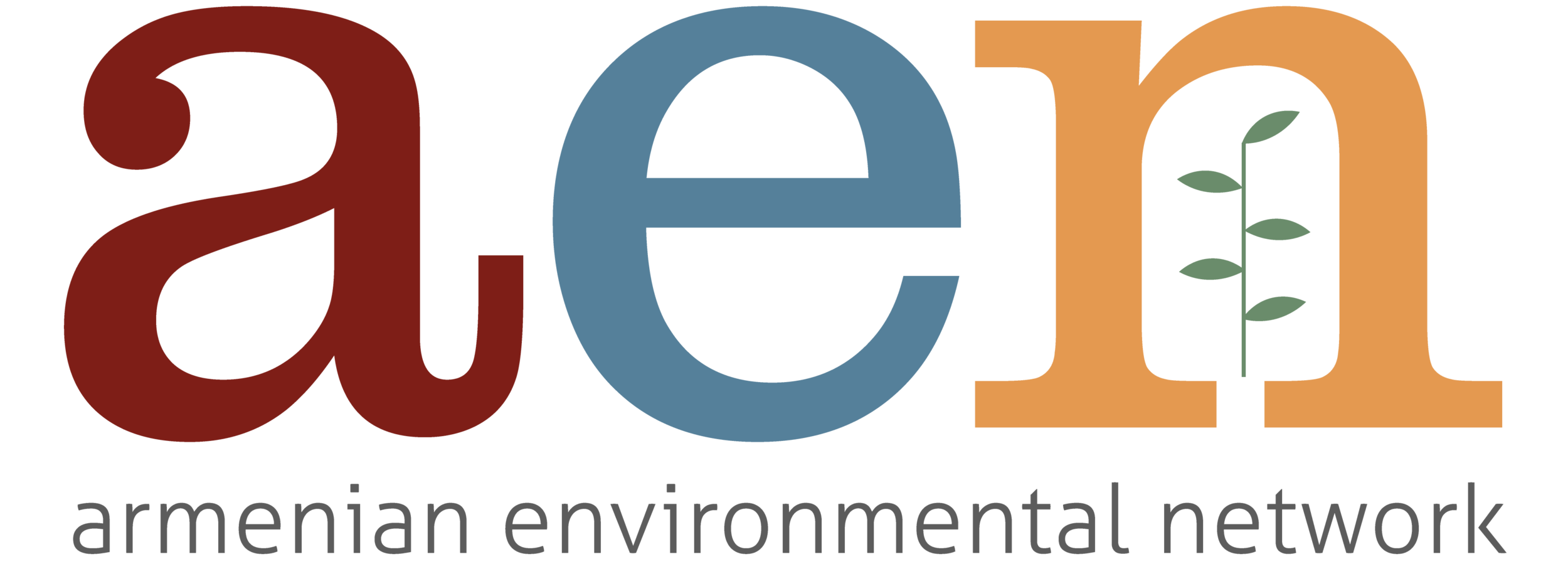Issues
Public Health
There are a wide range of environmental problems that adversely affect public health in Armenia.
Air Quality
The air quality situation in Yerevan is precarious. For more information about the Yerevan’s air quality:
Watch the video: Yerevan: City or Desert.
Read an article published in April 2011 detailing the current situation in Yerevan.
Clean Water
Access to clean water is another concern. Water distribution and service has generally improved in the center of Yerevan over the past several years. However, many problems remain in other areas of Yerevan as well as throughout the rest of the country. Unequal national water distribution is still a problem and deteriorating infrastructure can cause waterborne illnesses.
For more information see:
LOSS OF WATER IN GYUMRI Armenian News by A1+ Armenia. June 19, 2006.
RESIDENTS DRINK MUDDY WATER Armenian News by A1+ Armenia. July 11, 2007.
2007 article on sewage in Aparan drinking supply.
2011 Article on drinking water supply infrastructural needs in Armenia generally, citing need for 1 billion USD to update the system.
2009 Article on arsenic deposits in Alaverdi, affecting local water supply among other natural elements.
2011 Article on mining threat to Yerevan’s water supply.
Fondazione Eni Enrico Mattei (FEEM) report on the pollutants in the Debed watershed.
Residential area soil contamination
High levels of lead in soils in residential areas in Yerevan, and possibly throughout the country, is due to lack of information. The high level of lead leached into the soil has been found to come from old car batteries left in front or back yards. See related information by the group that conducted the study: AUA’s Environmental Conservation and Research Center. Please note that ECRC has since become part of the Acopian Center for the Environment; however, cached information from ECRC is still available.
Pesticide use affects vulnerable populations, especially children, in a number of ways. Read more from AWHHE’s website.
Metzamor Nuclear Power Plant
The small, landlocked country of Armenia, like the majority of the countries of the world, faces serious energy concerns in the 21st century. Its heavy energy dependence upon an aging and unstable energy source from a Soviet-era nuclear power plant, and its future energy paradigm based upon promises of natural gas supplies from neighboring countries, will not support Armenia’s development through the end of the century. Global energy supply and demand projections indicate that developing and developed countries alike must seek alternative sources of energy in lieu of the traditional options of oil, coal and natural gas, and to some extent, nuclear power. It is thus imperative that Armenia adjust its energy outlook to incorporate renewable energy technologies as its priority in energy development projects.
Extensive European Bank on Reconstruction and Development (EBRD) report on Armenia’s potential for clean energy, per sector, from 2010.
The European Union (EU) is interested in creating energy security through renewable energy, from 2006.
From 2010, Jason Sohigian reports on the need for Armenia to move to renewable energy sources.
Article on proposed Iran-Armenia gas pipeline, from February 2011.
Metzamor nuclear power plant was built by the Soviet Union and launched in 1976, with an expected life span of approximately 40-50 years. The plant was shut down over safety concerns following the devastating 1988 Armenian earthquake. The plant was re-opened in 1993 in reaction to the severe energy shortage gripping the nation and has since been in continuous use.
Environmentalists have been the sole voices of concern over the safety of the plant for years, until recent events transpired in Japan with the Fukushima plant disaster. Metzamor now finds itself once again, front and center, in the public eye.
At the heart of the concern is its location on a very seismically active area. The European Union (EU) is so concerned with the safety of the plant that it offered Armenia 100 million Euros to shut it down. The Armenian government declined the offer and has since entered into an agreement with Russia to construct a new facility, at the same site. For more information read any one of the numerous articles linked below.
From April 2006, an article on EU opposition to Metzamor.
April 2011 article concerning the “dangerous” Metsamor Nuclear Power Plant.
Article relating debate over safety of Metsamor after Fukushima, again from April 2011.
The Metzamor blackmail, from June 2011.
March 2011 article with concerns voiced by nuclear issues specialist.
August 2010 article on Russian-Armenian agreement for new power plant.
Lack of information for the population immediately surrounding the nuclear power plant Metzamor leaves a huge void in vital statistics about public health in that area, and perhaps also the larger region as a whole. It is widely believed that cancer rates are much higher than normal near the plant. AEN is actively seeking researchers and collaborators to address this problem. Please Contact Us if you are interested in becoming involved.
Food Safety and Consumer Protection
For more about the need for food labeling and expiration dates, please see this article.
If you know of an organization or report that should be listed here and is not, please Contact Us with a brief explanation of its relevance and an active URL for the organization or report
To view a broader list of active environmental organizations, see Our Partners page.
For reports and other publications relevant to this topic, see our Publications page.
